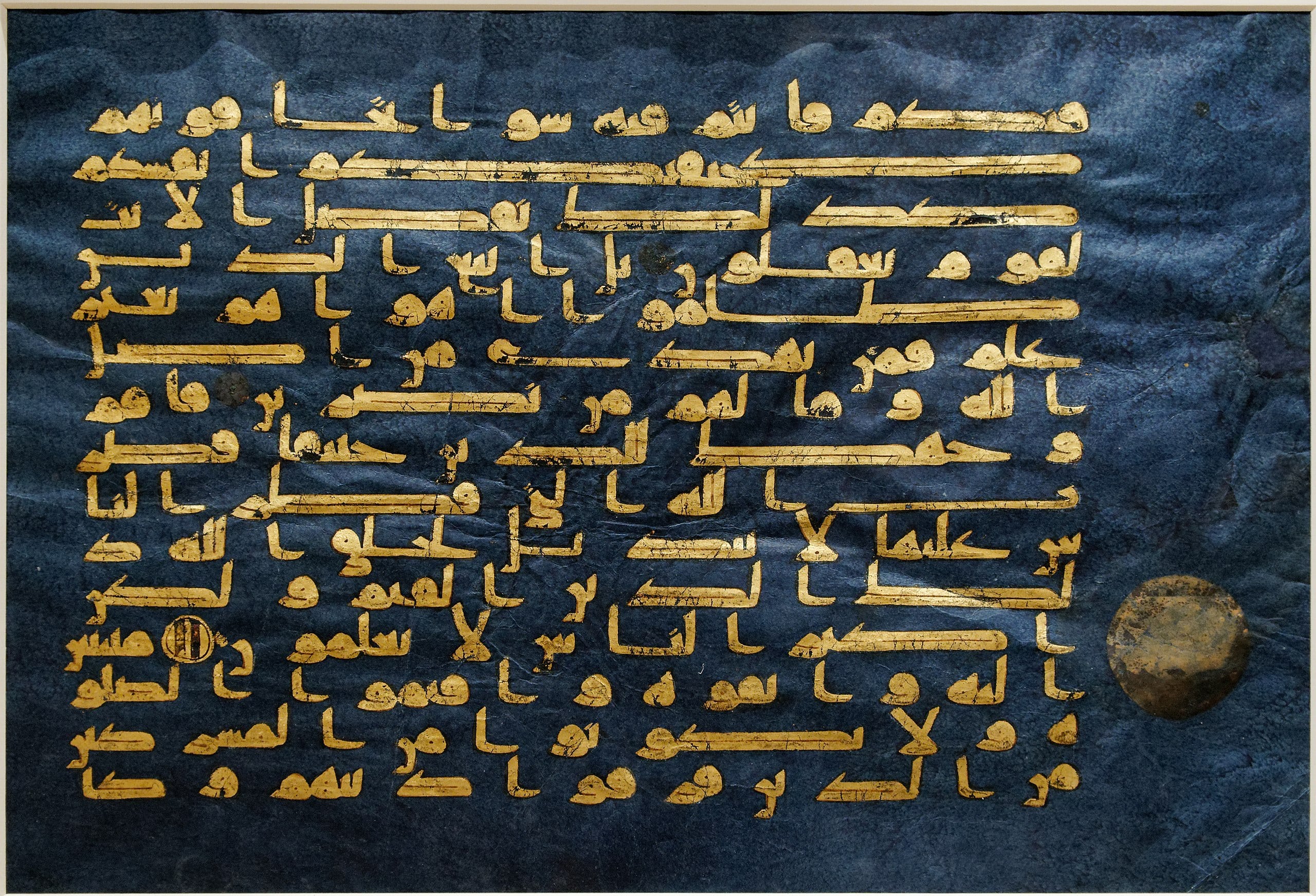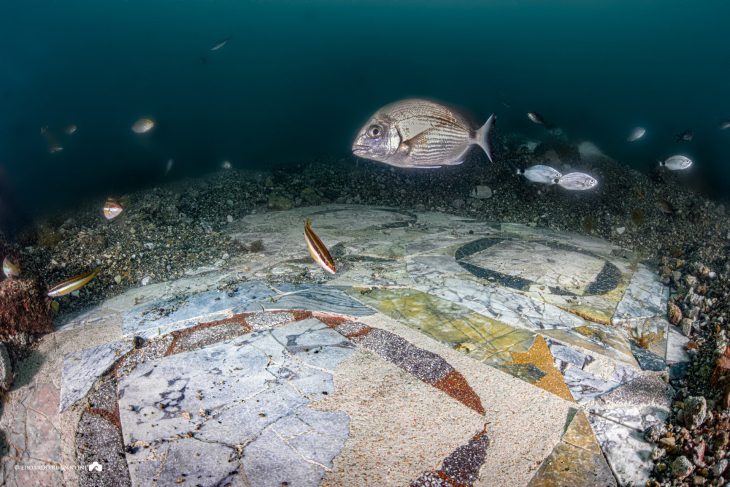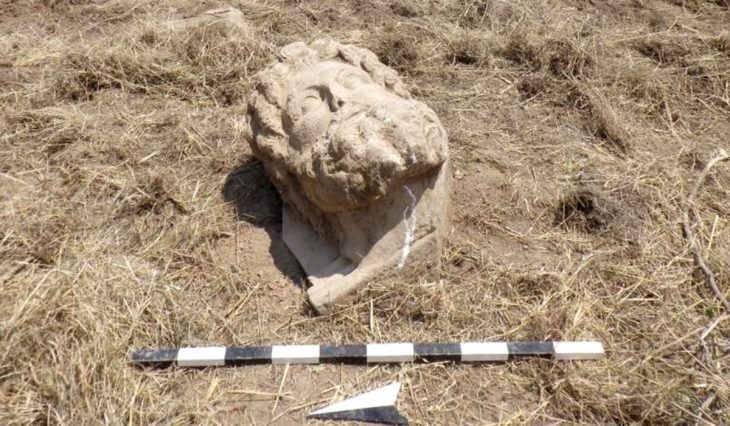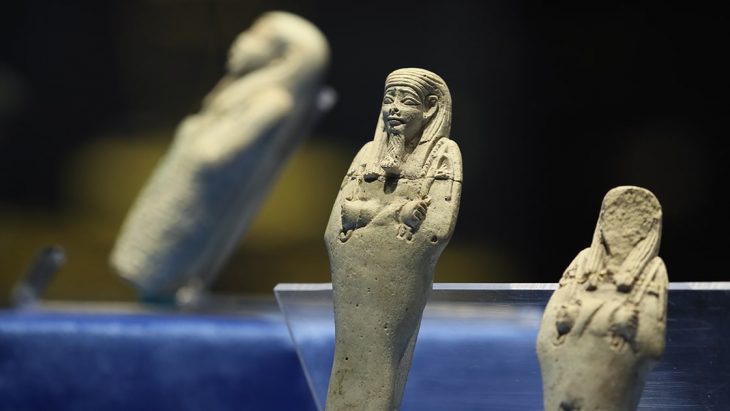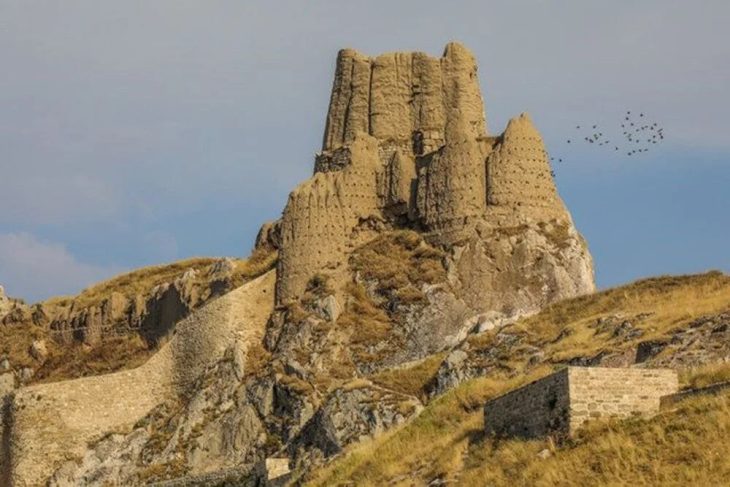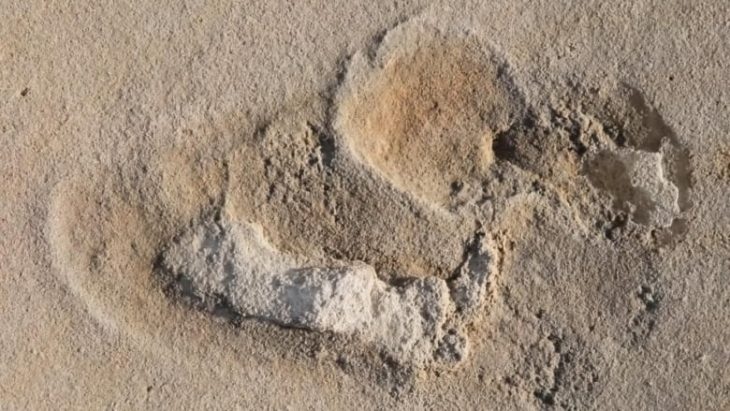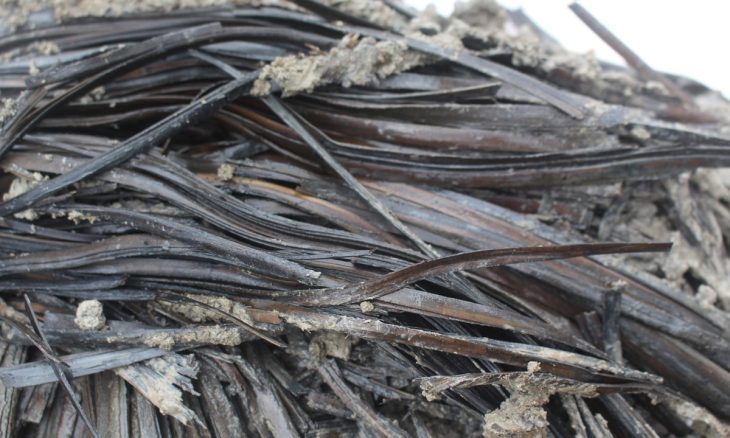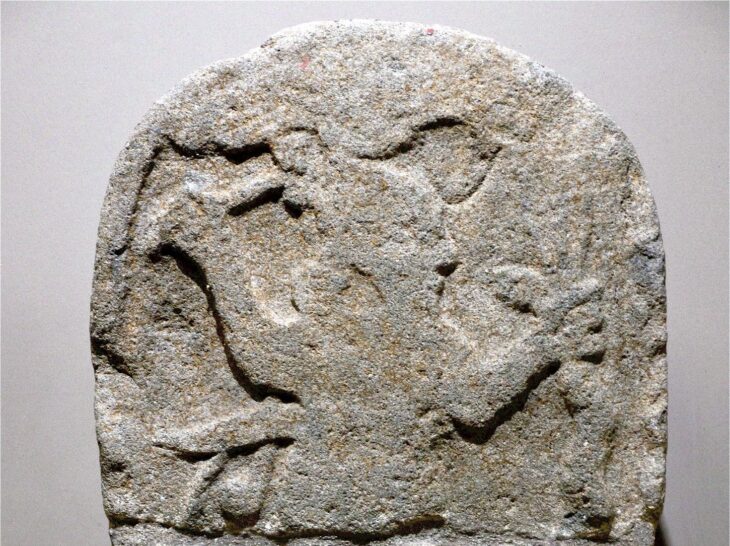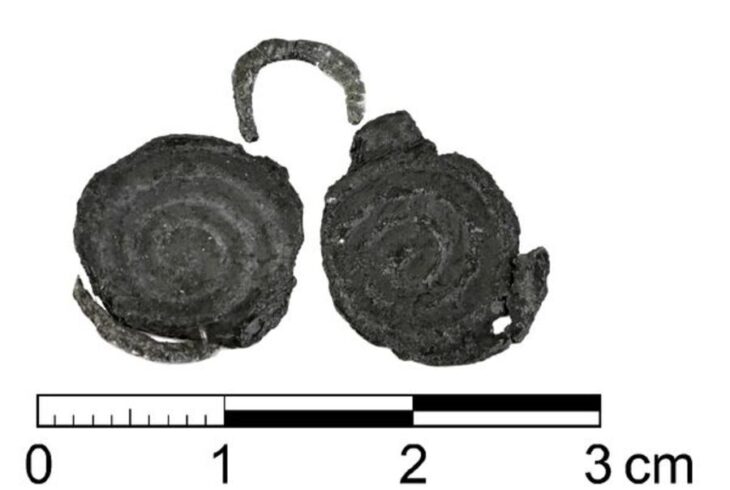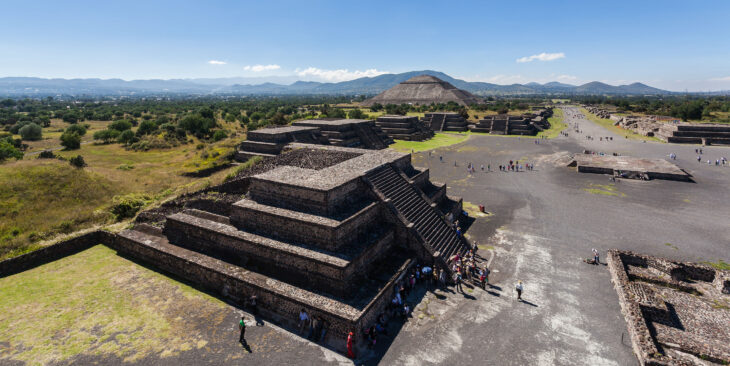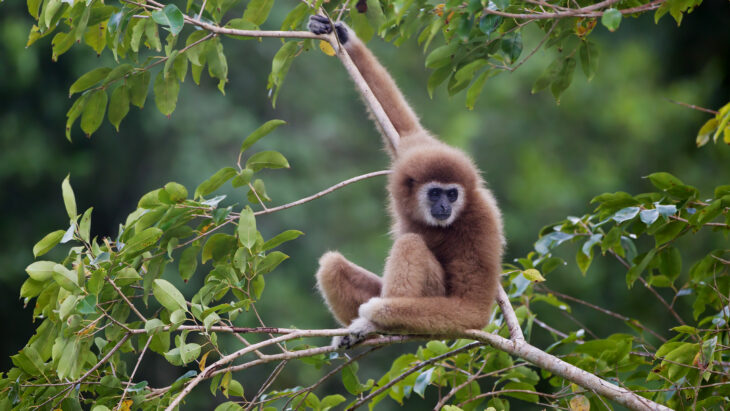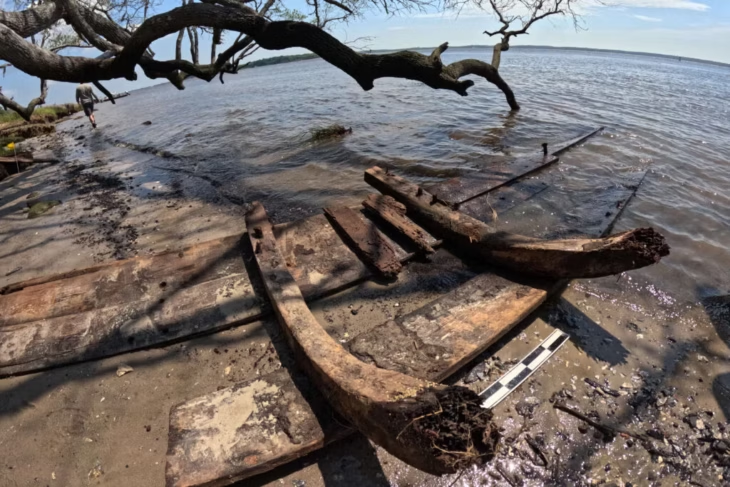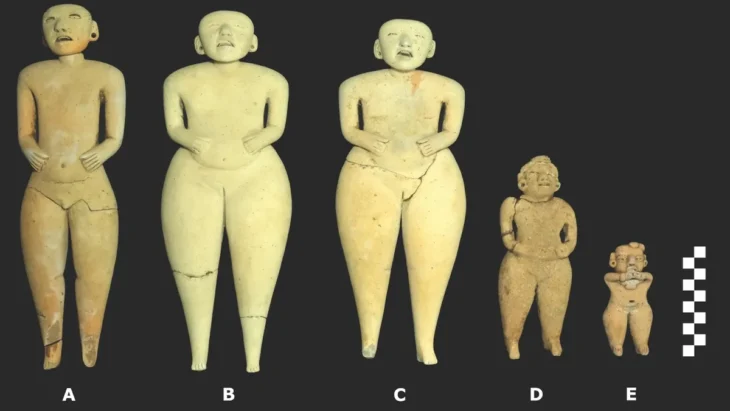Using multispectral imaging techniques, researchers from the Zayed National Museum have uncovered text hidden beneath an intricate layer of gold leaf on a page of the Blue Qur’an, one of the world’s best-known Quranic manuscripts.
The team uncovered verses from Surah al-Nisa under an intricate layer of gold leaf ornamentation on a page of the Blue Qur’an, one of the most important examples of Islamic calligraphy.
Surah al Nisa focuses on the rights of women, the law of inheritance, care for orphans, lawful and unlawful women to marry, and standing for justice.
The Blue Qur’an is a copy of the Qur’an dating from 800-900 CE. The manuscript is known for its distinctive vivid blue or indigo pages, silver decoration, and gold Kufic calligraphy. Its palette is thought to refer to the purple‑dyed, gilded manuscripts made in the neighboring Byzantine Empire.
The text is written in Kufic script. As in other early Qur’ans, the script here is difficult to read because the letters have been manipulated to make each line the same length, and the marks necessary to distinguish between letters have been omitted.
📣 Our WhatsApp channel is now LIVE! Stay up-to-date with the latest news and updates, just click here to follow us on WhatsApp and never miss a thing!!
It originally comprised 600 sheets, each made from sheepskin. Leaves from the manuscript have been known to scholars since the early years of the 20th century, but it first came to wide scholarly attention in the 1970s, following the publication of several leaves in such international exhibitions as the Arts of Islam at the Hayward Gallery in London. It was attributed either to ninth-century Iran or Tunisia, where the bulk of the manuscript was said to remain. Some scholars have suggested that the manuscript could have been produced in Umayyad Spain, Kalbid Sicily, or Abbasid Iraq.
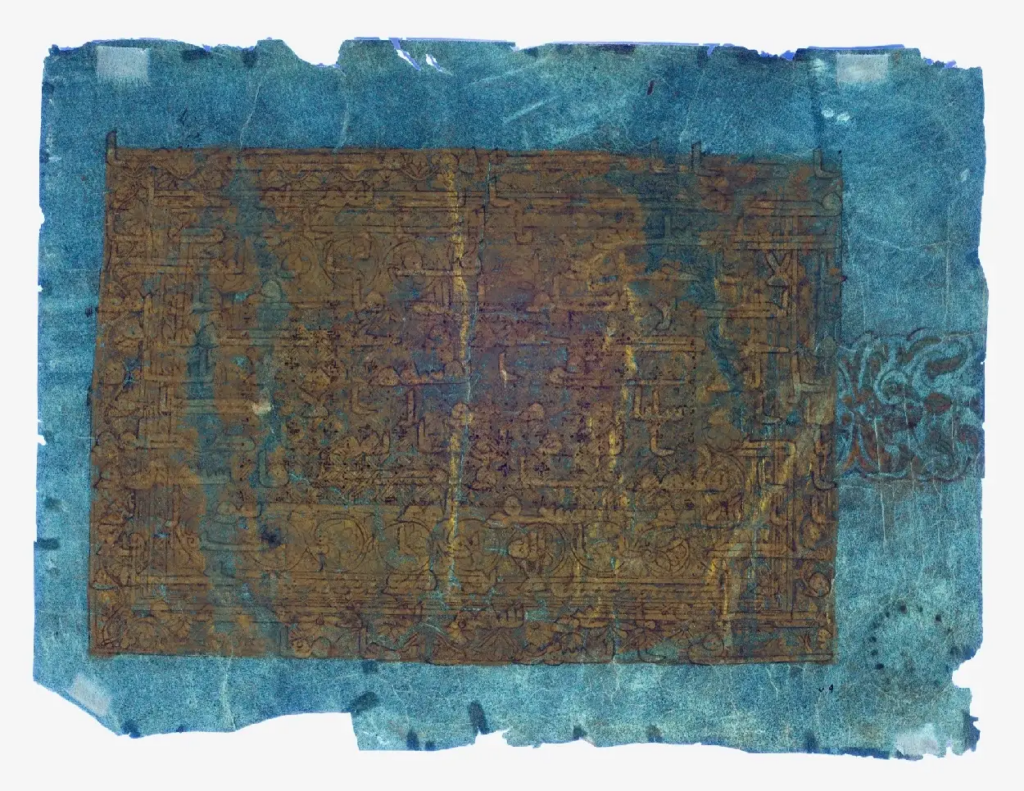
Today, only around 100 pages are to be found in private and museum collections around the world, five of which will be displayed at the Zayed National Museum.
The pages were examined using multispectral imaging, a technique that can reveal text and images that have faded over time and are no longer visible to the human eye.
The ornamentation in this instance might have been incorporated to correct a calligrapher’s own mistake, which could have involved copying the text of a page of the sacred script. Because the cost of producing the manuscript would have been too high to justify beginning anew on a fresh sheepskin sheet dyed in indigo, the text was covered with elaborate patterns.
These actions resulting from decisions made by calligraphers is an aspect of manuscript production that has never been highlighted for the Blue Qur’an before and is exceedingly rarely seen in Islamic manuscripts of this age.
Mai Al Mansouri, Associate Curator, Zayed National Museum said in a press release: “Zayed National Museum’s groundbreaking research on the Blue Qur’an sheds new light on the origins and production of this important manuscript and underlines the role of the museum in the cultural and academic life of the UAE and beyond.”
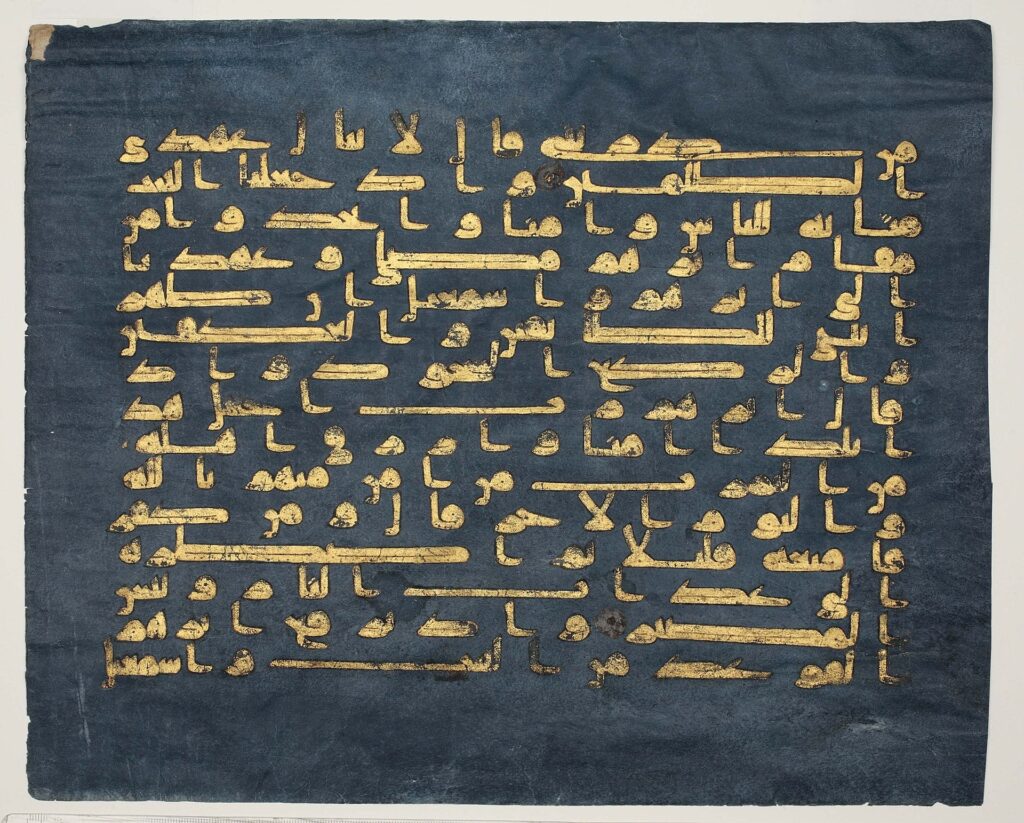
Nurul Iman Bint Rusli, Curator, Zayed National Museum said in a press release:: “Only one copy of the Blue Qur’an is thought to exist and the 100 or so of its known pages have fascinated scholars for many decades. The advanced technology used to shed new light on this page of the manuscript is helping to provide additional perspectives on the production of this rare copy of the Qur’an.
This page of the Blue Qur’an will be displayed in the Zayed National Museum’s Through Connections gallery. The gallery highlights how the people of the ancient emirates expanded their horizons, how new materials, technologies, and knowledge affected their lives, how Islam spread, and how the Arabic language evolved.
Cover Image Credit: Folio from the “Blue Qur’an” (MET 2004.88)

